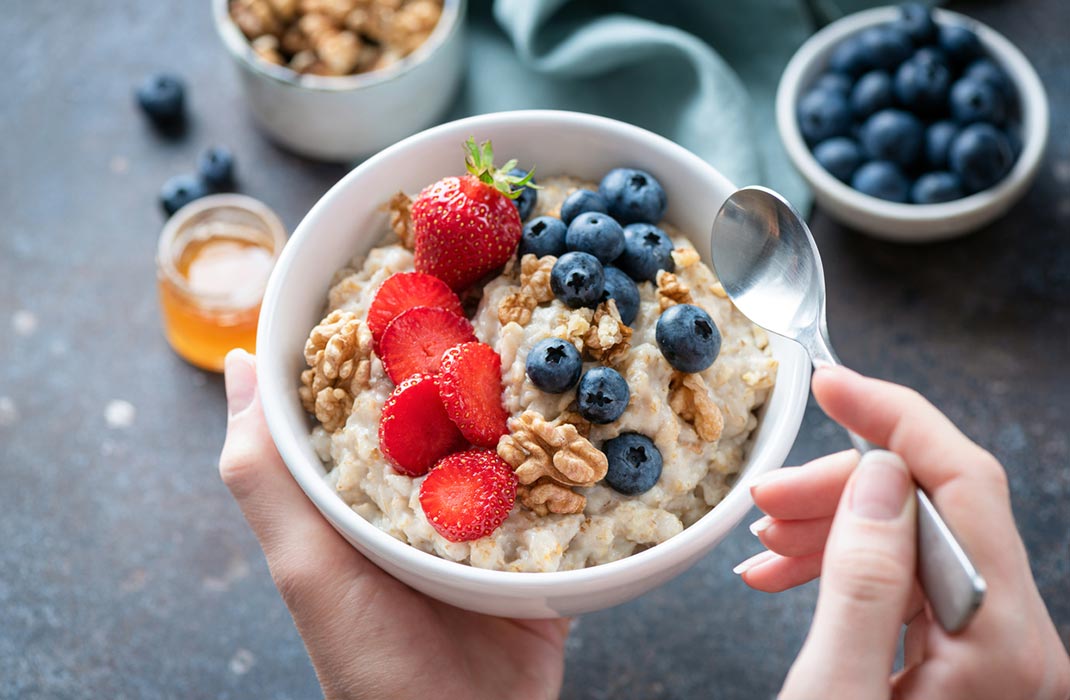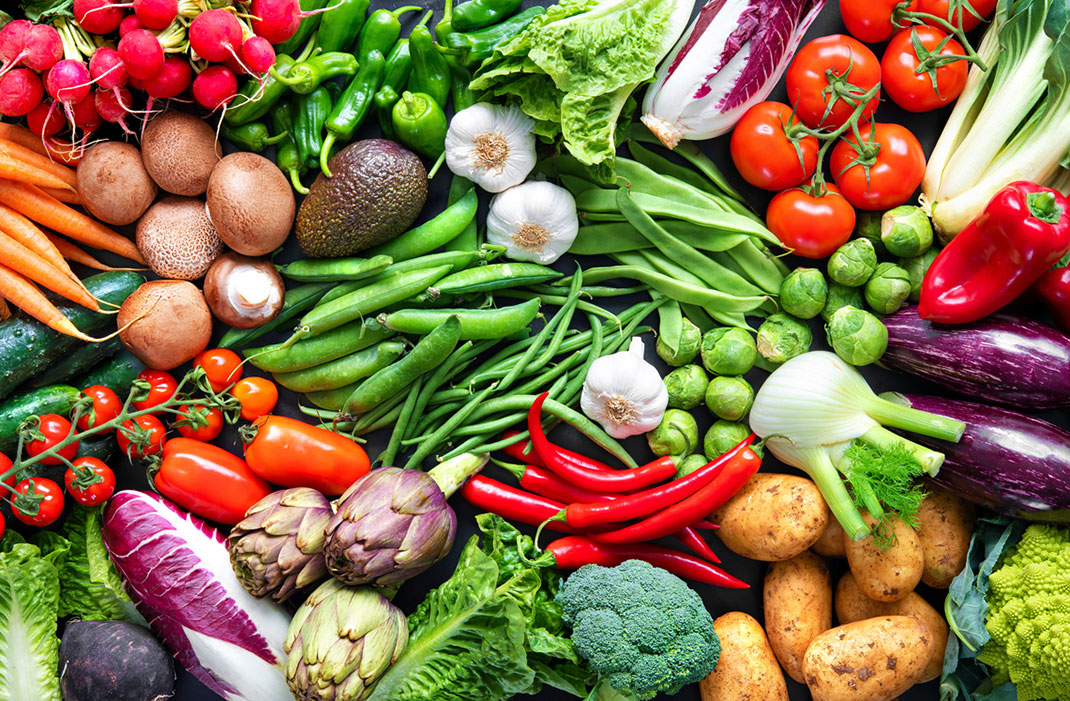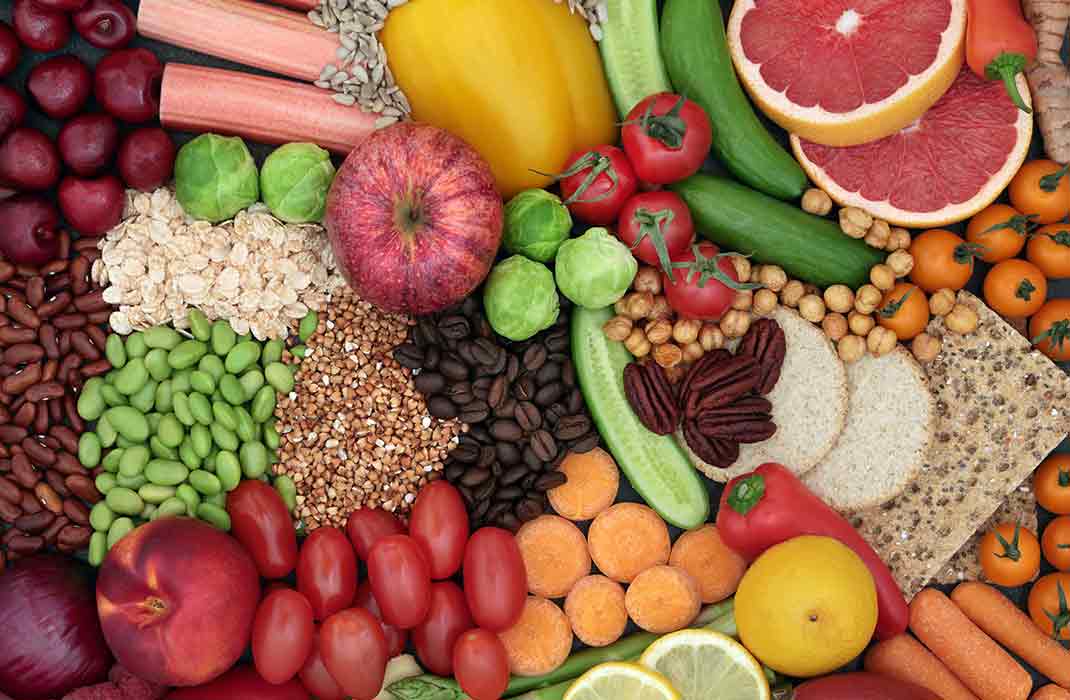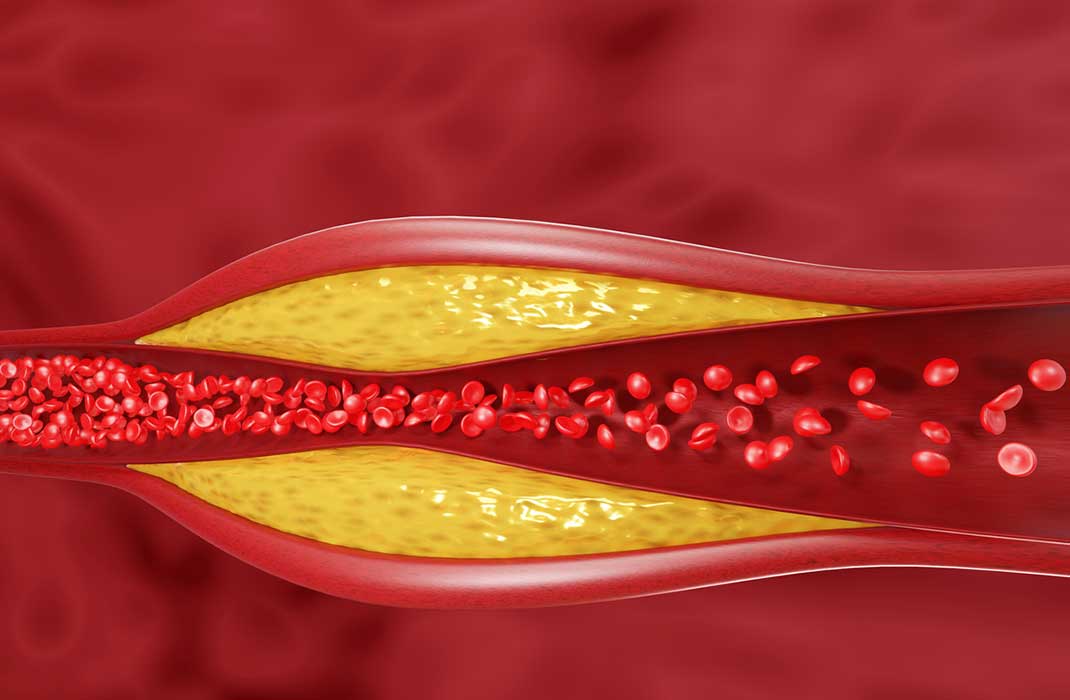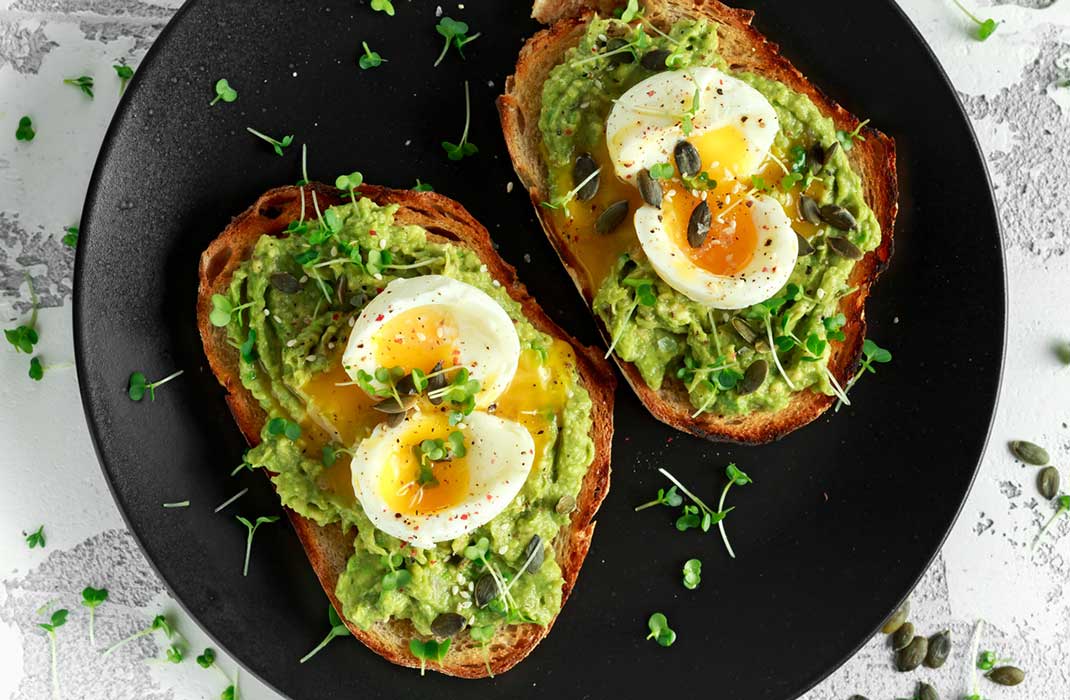-
- Find Care
-
- Visitor Information
- Find a Location
- Shuttles
- Visitor Policies
-
-
- Our Virtual Care Options
- Virtual Urgent Care
- Virtual Visits for Primary & Specialty Care
- Online Second Opinions
- Participate in Research
-
- Contact us
-
- For Innovators
- Commercialization Guide for Innovators
-
-
- Research News
- Alzheimer's Disease
- Artificial Intelligence
-
- Overview
-
- Overview
- Getting Started
- New to Mass General Brigham
- International Patient Services
- What Is Patient Gateway?
- Planning Your Visit
- Find a Doctor (opens link in new tab)
- Appointments
- Patient Resources
- Health & Wellness
- Flu, COVID-19, & RSV
- Billing & Insurance
- Financial Assistance
- Medicare and MassHealth ACOs
- Participate in Research
- Educational Resources
- Visitor Information
- Find a Location
- Shuttles
- Visitor Policies
- Find Care
-
- Overview
- Our Virtual Care Options
- Virtual Urgent Care
- Virtual Visits for Primary & Specialty Care
- Online Second Opinions
-
- Overview
- Participate in Research
-
- Overview
- About Innovation
- About
- Team
- News
- For Industry
- Venture Capital and Investments
- World Medical Innovation Forum (opens link in new tab)
- Featured Licensing Opportunities
- For Innovators
- Commercialization Guide for Innovators
- Contact us
-
- Overview
- Information for Researchers
- Compliance Office
- Research Cores
- Clinical Trials
- Advisory Services
- Featured Research
- Two Centuries of Breakthroughs
- Advances in Motion (opens link in new tab)
- Brigham on a Mission (opens link in new tab)
- Gene and Cell Therapy Institute
- Research News
- Alzheimer's Disease
- Artificial Intelligence
-
- Overview
-
- Overview
- Residency & fellowship programs
- Brigham and Women's Hospital
- Massachusetts General Hospital
- Mass Eye and Ear
- Newton-Wellesley Hospital
- Salem Hospital
- Integrated Mass General Brigham Programs
- Centers of Expertise
- Global & Community Health
- Health Policy & Management
- Healthcare Quality & Patient Safey
- Medical Education
- For trainees
- Prospective trainees
- Incoming trainees
- Current trainees
- Continuing Professional Development
Make a Heart-Healthy Grocery List

The foods you eat can significantly impact your heart health. However, conflicting information about nutrition can make heart-healthy grocery shopping confusing. Dietitian Debbie Krivitsky, MS, RD, LDN, a Mass General Brigham dietitian in the Corrigan Minehan Heart Center Cardiovascular Disease Prevention Center, provides simple guidelines for creating a heart-healthy shopping list.
What are the best foods for heart health?
“It’s true what they say: We are what we eat,” says Krivitsky. “It’s so important to eat nutrients that keep your body and heart healthy and running smoothly and efficiently.”
You can improve heart health through diet by focusing on foods that reduce cholesterol and reduce inflammation in your body. Inflammation and high cholesterol put you at risk for developing heart disease or having a cardiac event (such as a heart attack).
According to Krivitsky, these are the most important areas of nutrition to focus on for heart health:
More fiber
“I always tell people, if you only remember one thing I say, remember that fiber is your friend,” says Krivitsky. “We need more fiber than anyone previously thought.”
Humans can’t digest fiber directly, but it serves as food for the good bacteria in your gut. A new frontier of research in medicine today, the microbiome refers to the bacteria, viruses, and fungi that live in your gut and play a role in your risk for disease. Your lifestyle and the foods you eat affect your microbiome.
Less saturated fat
Red meat and dairy products typically contain the highest amounts of saturated fat. Saturated fat intake raises heart disease risk because it contributes to high LDL cholesterol, inflammation, and stiffening of blood vessel walls — all of which can lead to heart disease, heart attack, or blocked arteries.
Plan for grocery shopping success
Krivitsky offers tips to set yourself up for success before you step into the grocery store:
- Pre-plan at home: Think about what meals you’ll eat at home within the next week and what foods you’ll need to have on hand. Go through your refrigerator and pantry to see what you already have or may be missing.
- Shop with a list: A list made ahead of time will help you stay on track and avoid making unhealthy impulse buys. Set up your list by section in the market to make your trip efficient. Stick to your list while you shop.
- Make healthy foods easy: For convenience, you may want to buy items such as pre-cleaned vegetables, pre-washed greens, and microwavable pre-cooked rice. Making it easy to prepare healthy meals helps you stay on track.
- Never go to the store hungry: If you’re hungry, you’re more likely to stray from your list and reach for unhealthy items. Consider shopping after a meal or snack, so you feel full.
Create a shopping list for a heart-healthy diet
Follow Krivitsky’s guidelines for choosing foods that are good for your heart in each section of the grocery store:
- Produce: Spend the most time here, advises Krivitsky. “Eat the rainbow” by loading your cart with fruits and vegetables of all different colors.
- Meat: Stick to leaner cuts of red meat like loin, round, and flank steak. For ground chicken, turkey, or beef, look for at least 93% lean. Eat seafood at least twice a week and limit red meat (beef, lamb, and pork) to once a week.
- Dairy: When buying milk, choose fat-free, skim, or 1% to reduce saturated fat intake. Buy unsweetened and low-fat yogurt, and choose Greek yogurt for more protein. Look for cheese labeled “reduced fat” or “light.”
- Grains: Buy whole grain or high-fiber bread and crackers and look for whole wheat or legume-based pasta. When buying rice, choose brown or wild, which are whole grains. Ancient grains such as amaranth, farro, quinoa, and teff — along with old-fashioned oatmeal — are heart-healthy whole grains.
- Deli: The same guidelines apply to the deli section as the meat section. If you’re on a low-salt diet, look for the reduced-salt deli meats.
- Condiments: Avoid dressings, condiments, and sauces with added sugar. Mustards are typically healthy, and mayonnaise in small amounts is fine.
“A heart-healthy diet isn’t just great for your cardiovascular system. Eating a heart-healthy diet also reduces your risk of cancer and all chronic diseases,” says Krivitsky. “And it’s important to know that food can taste good and be good for you.”
If following a heart-healthy diet feels confusing or overwhelming, a registered dietitian can help you create a plan that works for you.
“Dietitians work from current, accurate, and evidence-based nutrition information. We consider your food preferences, cultural preferences, financial situation, and health,” says Krivitsky. “Together, we'll develop a food roadmap tailored to your individual situation, needs, and goals. We help you with a plan for your heart health that you can do and stick with.”
